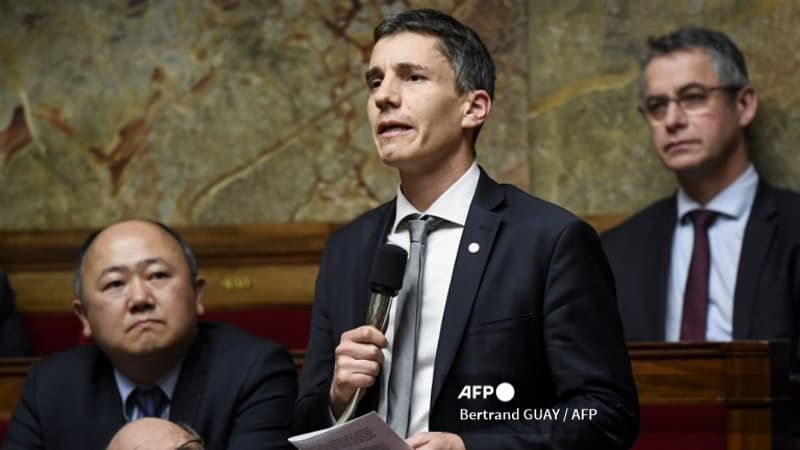1.3 million. This is the number of people subscribed to Tiago’s Instagram account, only 4 years old. His profile is well fed: his parents, Julien and Manon Tanti, reality TV stars, post hundreds of photos.
This practice, regulated by law, extends, however, beyond the world of influencers. It is found in ordinary families, with a proliferation, sometimes uncontrolled, of images even though the children do not have a business relationship.
1300 photographs before the age of 13 on average
To regulate the phenomenon, Bruno Studer, representative of the Renaissance for the Lower Rhine, has presented a bill aimed at “guaranteeing respect for children’s image rights”. “The guarantee of the protection of children’s privacy must be in the 21st century, in the age of social networks, one of the great missions of parents,” explains the majority parliamentarian on BFMTV.
“Even if you don’t try to dramatize everything, you should be aware of what can happen to a photo when you post it, especially when you’re featuring a child.”
In his text, he indicates that a child, on average, “appears in 1,300 photographs published on the Internet before the age of 13, in his own accounts, those of his parents or relatives.”
The risks for him are multiple. “On the Internet there are a certain number of people who are not necessarily very popular people and who may very well exploit this content for the purposes of child pornography,” explains Thomas Rohmer, director of the National Observatory for Fatherhood and Education, on BFMTV. .
“Intimidation”
Thus, according to Bruno Studer, “50% of the photographs exchanged on child pornography forums had initially been published by parents on their social networks.”
The consequences for children are sometimes also psychological. For example, “they may be teased by their peers who find old photos of them younger,” or impacted on “their self-esteem,” says Socheata Sim on BFMTV. She is responsible for the social mission within the Caméléon association, whose objective is to protect children from sexual violence.
“Kids get older and can be bullied as they go through school,” Bruno Studer elaborates. Before insisting: “And what if the raw material of the harassment are photos or videos taken and published by the family itself.”
A review in March
In order to combat the phenomenon, it proposes in particular “introducing the notion of privacy in the definition of parental authority”. But also to open “the way to a forced delegation of parental authority in situations in which the interest of the parents conflicts with the interest of the minor in the exercise of the right to the latter’s image.”
Bruno Studer’s text could be submitted to a vote by the National Assembly during the second week of March.
Source: BFM TV


